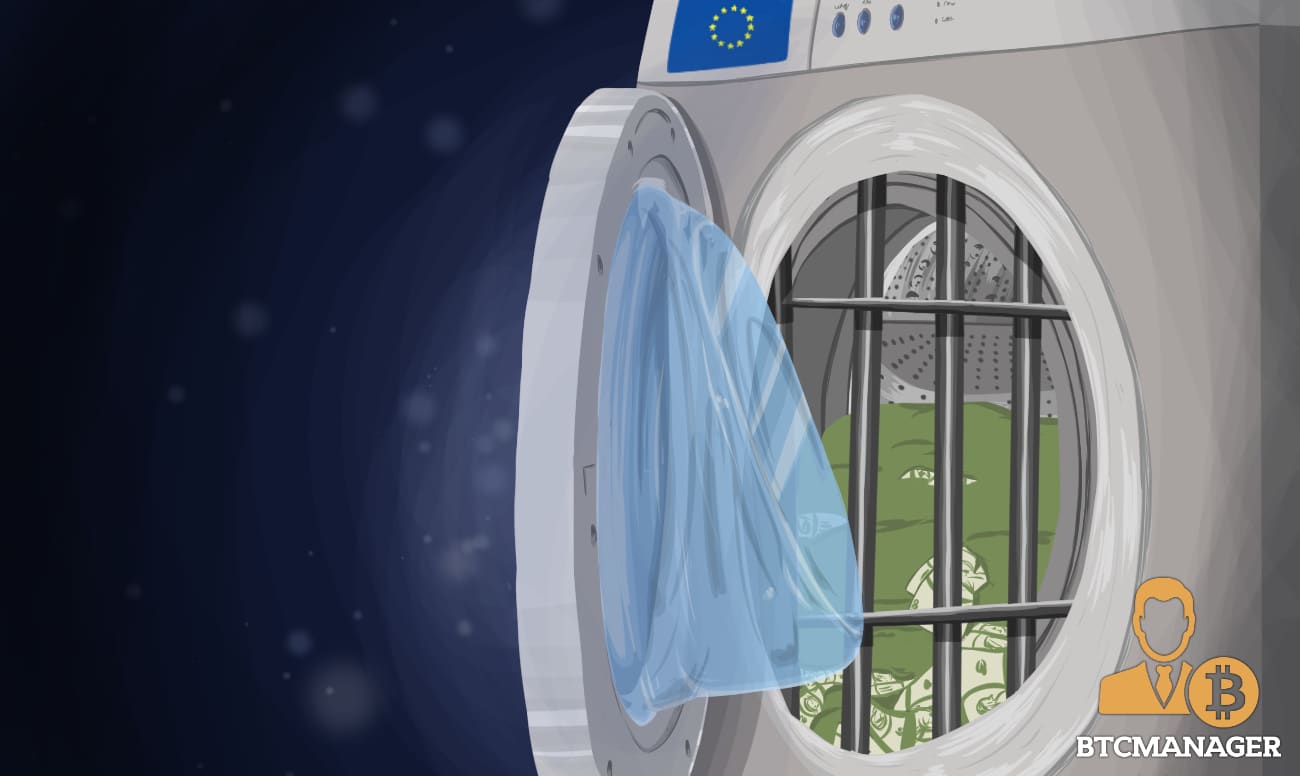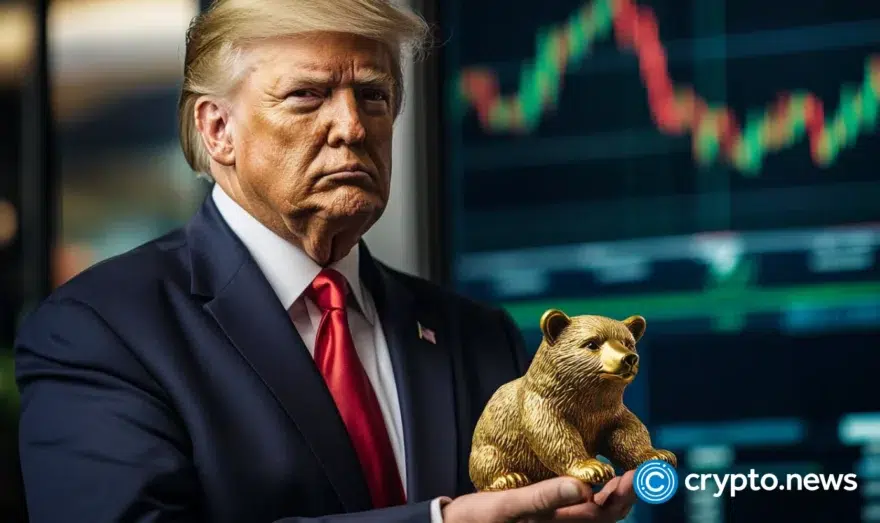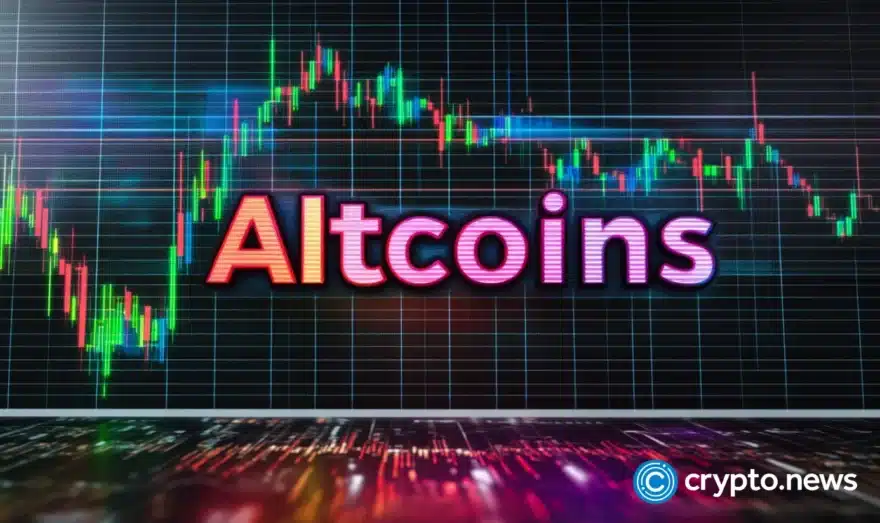EU’s Fifth Anti-Money Laundering Directive Enters into Force

Strengthened EU rules to prevent money laundering and fight terrorism financing entered into force on July 9, 2018.
What is this Directive exactly?
The rules, gathered under the title the “Fifth Anti-Money Laundering Directive,” were first published in the EU’s Official Journal.
The new regulations aim to bring more transparency on who the actual owners of companies are and to address the risks of terrorist financing, the EU Commission noted.
Among other things, the Directive’s goal is to enhance the powers of EU Financial Intelligence Units and increase transparency on who owns companies and trusts through establishing beneficial ownership registers. It also aims to counteract the risks associated with the use of cryptocurrencies for terrorist financing and limit the use of prepaid cards.
Another aim is to upgrade the safeguards for financial transactions to and from high-risk third countries, enhance the access of FIU to information such as centralized bank account registers.
Finally, the Directive’s goal is to ensure centralized national bank and payment account registers or central data retrieval system in al EU Member States.
What does this mean for cryptocurrencies?
The new rules introduce limiting the use of anonymous payments, which most definitely includes cryptocurrency exchange platforms. Cryptocurrency exchanges and wallet providers will now be required to submit procedures such as identity verification of their customers.
The exchanges will have to apply for registration to continue operating. Moreover, the directive reduces the threshold for identifying holders of prepaid and virtual cards. Before the directive came into force, the limit was €250. Now it has been lowered to just €150. Goodbye, anonymity. We had a good run.
Why cryptocurrencies? The reasoning is that there are “risks linked to virtual currencies.” The MEPs believe that crypto assets are being used to finance terrorist activities and launder money because of the sole convenience of the anonymity that they offer.
The Directive’s path toward entering into force
The EU Commission proposed the Directive in July 2016, after many shocking terrorist attacks and the revelation of the Panama Papers scandal. It was part of the Commission’s Action Plan of February 2016 whose aim was to strengthen the fight against terrorist financing. It lists many measures for a more efficient fight against terrorism and ensuring improved transparency of financial transactions.
Věra Jourová, Commissioner for Justice, Consumers and Gender Equality, stated:
“This is another important step to strengthen the EU framework to combat financial crime and terrorist financing. The 5th Anti-Money laundering directive will make the fight against money laundering more efficient. We must close all loopholes: gaps in one Member State will have an impact on all others. I urge Member States to stay true to their commitment and update their national rules as soon as possible.”
The European Parliament adopted the Directive in April 2018 with 574 votes, 13 nays, and 60 abstentions, after which it finally came into force in July 2018.













